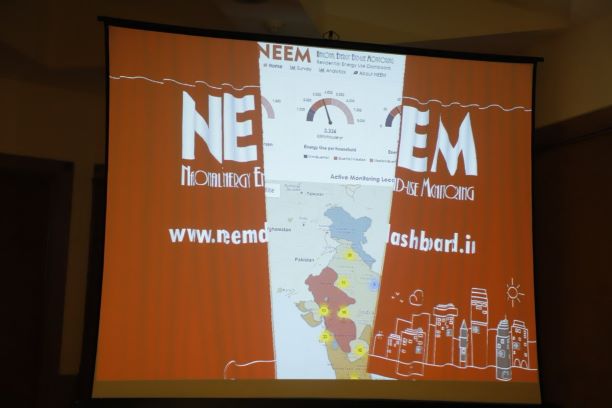

The state-run power agency Bureau of Energy Efficiency (BEE) on Thursday launched a residential energy use dashboard called National Energy End-use Monitoring (NEEM). The NEEM dashboard has 4 visible panels which shows the energy used per person, per household, energy use intensity and the number of households under the program.
The NEEM dashboard is the result of a ‘first of its kind’ study conducted by BEE in partnership with Collaborative Labeling and Appliance Standards Program (CLASP) and its implementing partners Environmental Design Solutions, Market Xcel and Zenatix. It integrates a pan-India residential end-use survey with real-time appliance energy use monitoring. The survey covered residential electricity consumption of 5,000 households and real-time appliance energy use of 200 households, representing various socio-economic classes and climatic zones in India.
The tool has been developed for public use. This is devised to understand the data on residential energy end-use and appliance energy consumption at the household level which are critical for developing better future electricity demand projection and demand-side strategies. This will help the policymakers to establish real-time end-use consumption and usage patterns for formulating energy policies, assessing their impact, and developing outreach and awareness strategies for the consumers.
The portal was inaugurated by Abhay Bakre, director general of BEE, and has been developed in partnership with CLASP.
According to IEA, from 2000 to 2017 energy demand doubled in India. However under the Efficient World Scenario, the increase could be limited to just 82 percent between now and 2040 and major savings come from industry (45 percent) and buildings (30 percent), followed by the transport sector. Energy efficiency improvements in India since 2000 prevented 6 percent of additional energy use. Efficiency gains were mainly achieved in the industry sector. As a result, 145 Mt CO2 equivalent emissions were prevented as were 5 percent additional fossil fuel imports.
BEE’s dashboard will reportedly help address the existing data gap and work toward a roadmap for future policy development and interventions. It presents information on energy use, peak demand and other performance metrics across time that may be customized based on geography, climate and household type.
In a significant move toward advancing green energy and industrial growth in the state, Himachal…
Golabl chemical conglomerate BASF has announced that its now offering the world’s first biomass-balanced polyethersulfone…
In a crucial stint to bolster the biogas sector and sustainable dairying in the country,…
TotalEnergies SE has received approval to proceed with its Middlebrook solar and battery project in…
Andhra Pradesh Chief Minister Chandrababu Naidu has inaugurated the Rs 1,000-crore green hydrogen plant of…
The BITS Pilani has developed an innovative solution for managing landfill leachate, domestic septage, and…